
Adobe PDF File eBook Ordered From This Website Will Be Delivered Within 24-48 Hours from your confirmed order as we manually process each order. Thank you for your understanding.
AVAILABLE FOR SALE
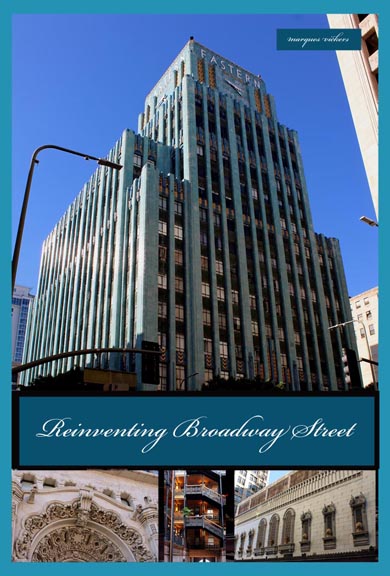
Reinventing Broadway Street: Los Angeles' Architectural Reincarnation
“Reinventing Broadway Street: Los Angeles’ Architectural Reincarnation“ is California author Marques Vickers’ second celebratory pictorial edition recounting the evolution and transformation of one of downtown Los Angeles’ primary boulevards. The 215-page book features over 200 exterior photographs of the structures with their architectural details that line the blocks of North and South Broadway Street in the center of downtown Los Angeles. The book traces colorful legends, anecdotes and landmarks that preceded current standing constructions.
Broadway Street was originally identified as Fort Street in the initial 1849 city tract created by U.S. Army map surveyor Lieutenant Edward Ord. The Fort referenced Fort Moore Hill, a prominent and strategic incline that overlooked the early settlement. The Fort Moore district served as one of the city’s first burial grounds and was later leveled to construct the Hollywood Freeway. In 1890, Broadway Street was permanently renamed.
The Los Angeles El Pueblo settlement was established in the mid-18th century along the then fertile banks of the Los Angeles River. The colony’s terrain was agriculturally cultivated for vineyards, cattle ranching and later citrus groves before an encroaching urban environment altered the complexion of city towards the close of the 19th century.
Drawing from varied archival documentation and narratives, Vickers traces the evolutionary stages of Broadway Street into the city’s commercial and entertainment center. Broadway’s reputation extended throughout the first half of the twentieth century but was followed by a prolonged period of four-decade stagnation. The most current reinvention has introduced retail, office and residential mixed-use developments. This synergy of change, however, has been slowed by existing retail lease commitments contracted during the street’s lean years of decline.
“Reinventing Broadway Street” documents numerous colorful and influential contributors to the local history. Among the profiled personalities include Oliver Morosco, John Temple, William Wolfskill, Jean-Luis Vignes, Abel and Arcadia Sterns, Isaias Hellman, Joaquin Murrieta, John C. Fremont, John Parkinson, Prudent Beaudry, Sarah Bernhardt, Harris Newmark, and many others.
The book profiles over 65 existing distinctive building’s lineage and their unique legacies. The structures photographed include the Times Mirror Square, Bradbury, Irvine-Byrne, Hosfield, Zobel, Trustee, O. T. Johnson #1 and #2, Junipero Serra, Metropolitan, Judson Rives, Bumiller, Chester Williams, Remick and Grayson, Schulte United, J. W. Gold, Story, Desmond, Jewelry Trade, Mercantile Arcade, Norton, Hass, Merritt, Clifton’s Brookside and Schaber’s Cafeterias, Yorkshire Hotel, Garland, Charles C. Chapman, Eastern Columbia, Wurlitzer, Brown-Israel, Broadway Leasehold, Platt, Western Pacific, Howard Huntington, Case Hotel and Los Angeles Herald Examiner.
Theatres include The Million Dollar, Roxie, Cameo, Los Angeles, Palace, Globe, Tower, Rialto, Orpheum, Arcade and United Artists. Former department store buildings includes The May Company, Bullock’s, Swelldom’s, F. W. Woolworth’s, National Dollar Store, S. H. Kress, Broadway, Silverwood’s, Hartfield’s, and Barker Brothers. Notable government constructions include the LA County Hall of Record, Justice Building, Foltz Criminal Justice Center and the nearly completed Federal Courthouse Building.
“Reinventing Broadway Street” takes the reader on a stroll through the history, present and progressive future envisioned and being created simultaneously.
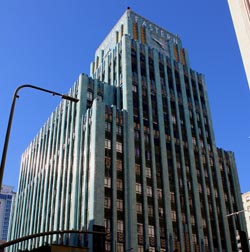
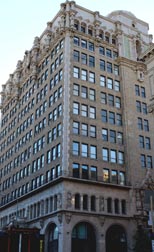

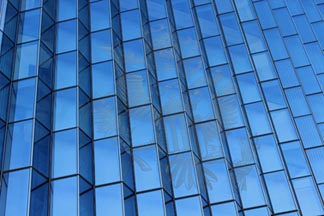
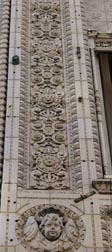
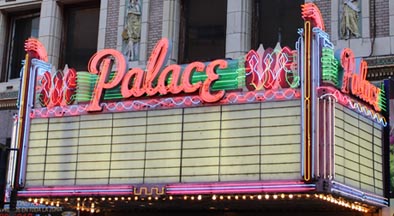
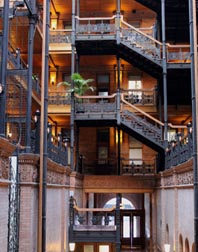
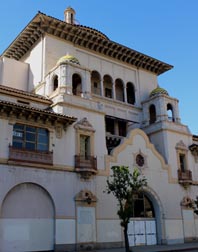

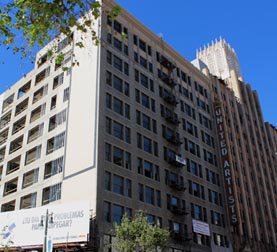

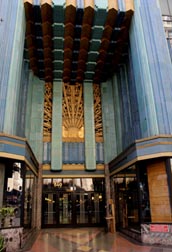
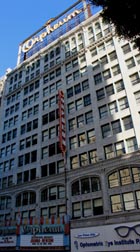
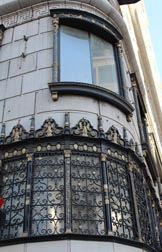
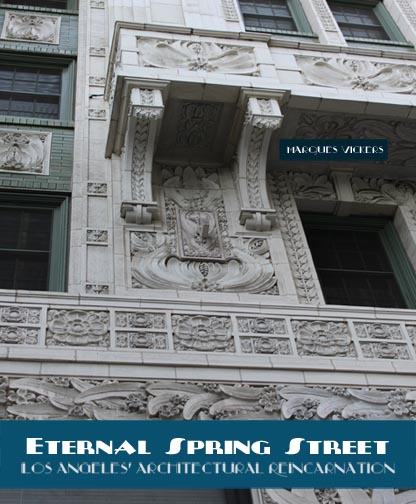
"ETERNAL SPRING: Los Angeles' Architectural Reincarnation"
“Eternal Spring Street: Los Angeles’ Architectural Reincarnation“ is California author Marques Vickers’ celebratory pictorial edition recounting the evolution and transformation of one of downtown Los Angeles’ primary boulevards. The 178-page book features over 115 exterior photographs of buildings and architectural details that line the blocks of North and South Spring Street. The book traces colorful legends, anecdotes and landmarks that preceded current standing constructions.
The once modest dirt highway was originally called the Old Brea Road, servicing as a major commercial artery originating from the Los Angeles’ El Pueblo settlement and separating in the direction of the LaBrea Tar Pits and the Cahuenga Pass (present day Hollywood). Spring Street officially derived its name from Trinidad Primavera Ortega, the girlfriend of Lieutenant Edward Ord who drafted the city’s initial survey map in 1849 that included street naming rights. Primavera is the Spanish name for Spring and Ord designated the honor to Ortega (the nickname he called her). She was also the granddaughter of Spanish explorer Jose Francisco Ortega.
The El Pueblo settlement was established in the mid-18th century along the then fertile banks of the Los Angeles River. The colony’s terrain was agriculturally cultivated for vineyards, cattle ranching and later citrus groves before an encroaching urban environment altered the complexion of city towards the close of the 19th century.
Drawing from varied archival documentation and narratives, Vickers traces the four stages of evolution of Spring’s transformation including: 1) retail center, 2) cradle of Silent Film movie production offices, 3) bank and financial institution headquarters and 4) contemporary retail, office and residential mixed-use developments. The most current Spring Street reinvention followed a prolonged period of four-decade stagnation following World War II.
The book profiles each distinctive building’s architectural lineage and unique legacy that have been often historically overlooked. In particular, the Alexandria Hotel on the corner of South Spring and West Fifth Streets is prominently profiled for its substantial role in the genesis of the film industry. The Alexandria, between its opening in 1906 and decline with the emergence of the neighboring Biltmore Hotel, was the residential home, office and networking center for many of the most prominent patriarchal actors, directors and producers.
“Eternal Spring Street” further documents numerous colorful and influential contributors to the local opulent history. Among the profiled personalities include John Temple, William Wolfskill, Jean-Luis Vignes, Abel and Arcadia Sterns, Pio Pico, Isaias Hellman, Joaquin Murrieta (his severed and pickled head), Ozro Childs, John C. Fremont, John Parkinson, Prudent Beaudry, George Lehman, Biddy Mason, Remi Nadeau, Sarah Bernhardt (her severed leg), James J. Jeffries, George Ralphs and many others.
The buildings photographed include: the Los Angeles City Hall Complex, United States Court House, Clara Shortridge Foltz Criminal Justice Center, Los Angeles Times Building, First and Los Angeles Street Metro Station Entrance. Douglas Building, Hotel Ramona and Washington Building, Ronald Reagan Building, Herman Hellman and Banco Popular Building, Title Insurance Building, Crocker Citizen National Bank, The Braly/Continental Building, Hellman Annex Building, El Dorado/Stowell Hotel, Rowan and Chester Building, Alexandria Hotel, Spring Street Arcade Building, Pacific Southwest Bank, Security Building, Security Trust and Savings and Los Angeles Theatre Center, Merchant and Lloyd’s Bank, Hotel Hayward, E. F. Hutton, California Canadian Bank, Barclays Bank, A. G. Bartlett Building, United California Bank, Los Angeles Stock Exchange, Mortgage Guaranty Building, Banks and Huntley Building, Hellman Commercial Trust and Savings Bank and Bank of America, I. N. Van Nuys Building. 755 South Spring Street Project Construction, Lane Mortgage/Anjac Fashion Tower and Fenton Building, William May Garland Building. Marsh and Strong Building, Financial Center Building, Corporation Building and Renco Films, Great Republic Life Building and National City Tower Building.
The edition stresses Spring Street’s resiliency towards adaptation enabling its current revival and relevance. The architecture features reveals some of the most pronounced and stunning aesthetics of the early 20th century.

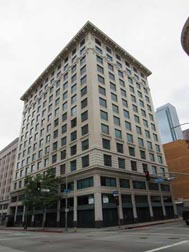
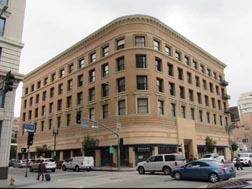
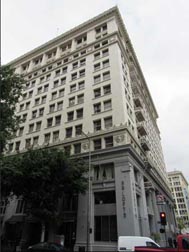
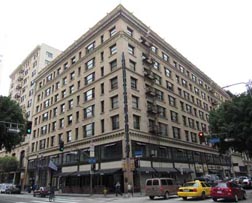

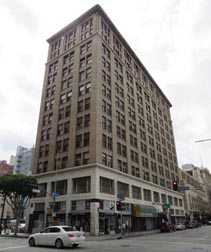
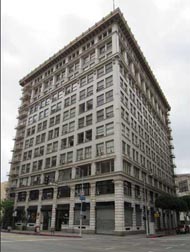

Marquis Publishing is a publisher of paperback and electronic books.
MARQUIS PUBLISHING
California, USA
1 (707) 712-8062
marques@artsinamerica.com











